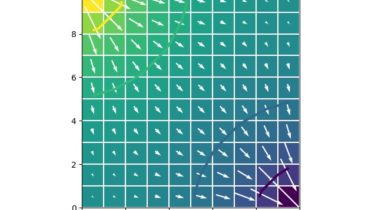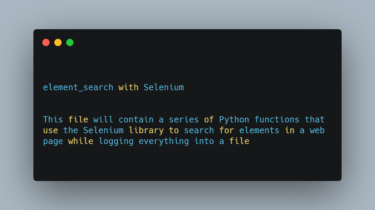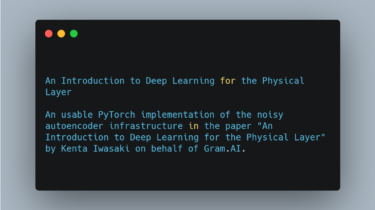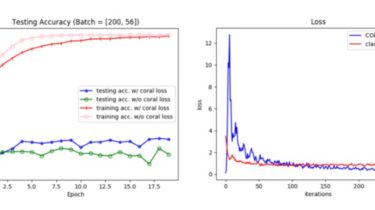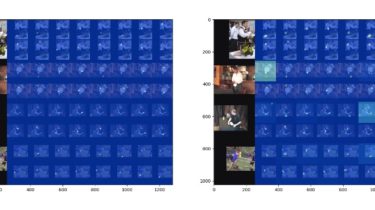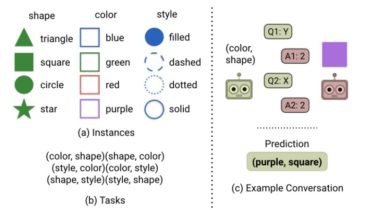A lightweight command line interface library for creating commands
hype A lightweight command line interface library for creating cli commands. Hype CLI is an open source framework use for building command line applications easirer for cli applications that required different type of commands. It also comes with alot of different features that you may want to check out. Hype CLI was mainly built for Anglo ( a modern lightweight web framework for python 3. ). Because of Hype CLI’s capability it becomes easier to build command-line application. You can […]
Read more
